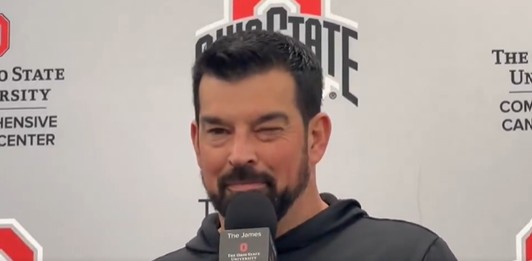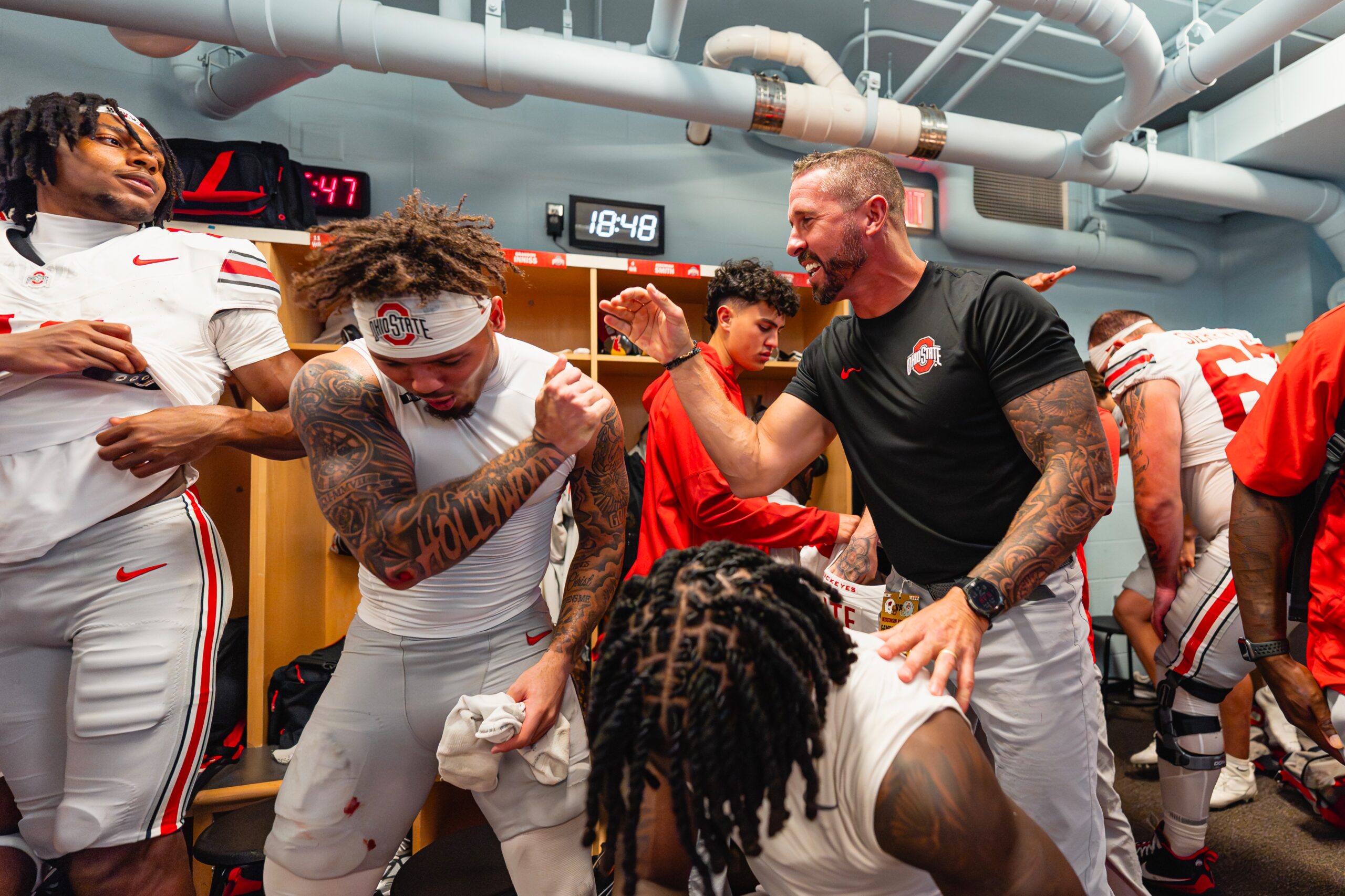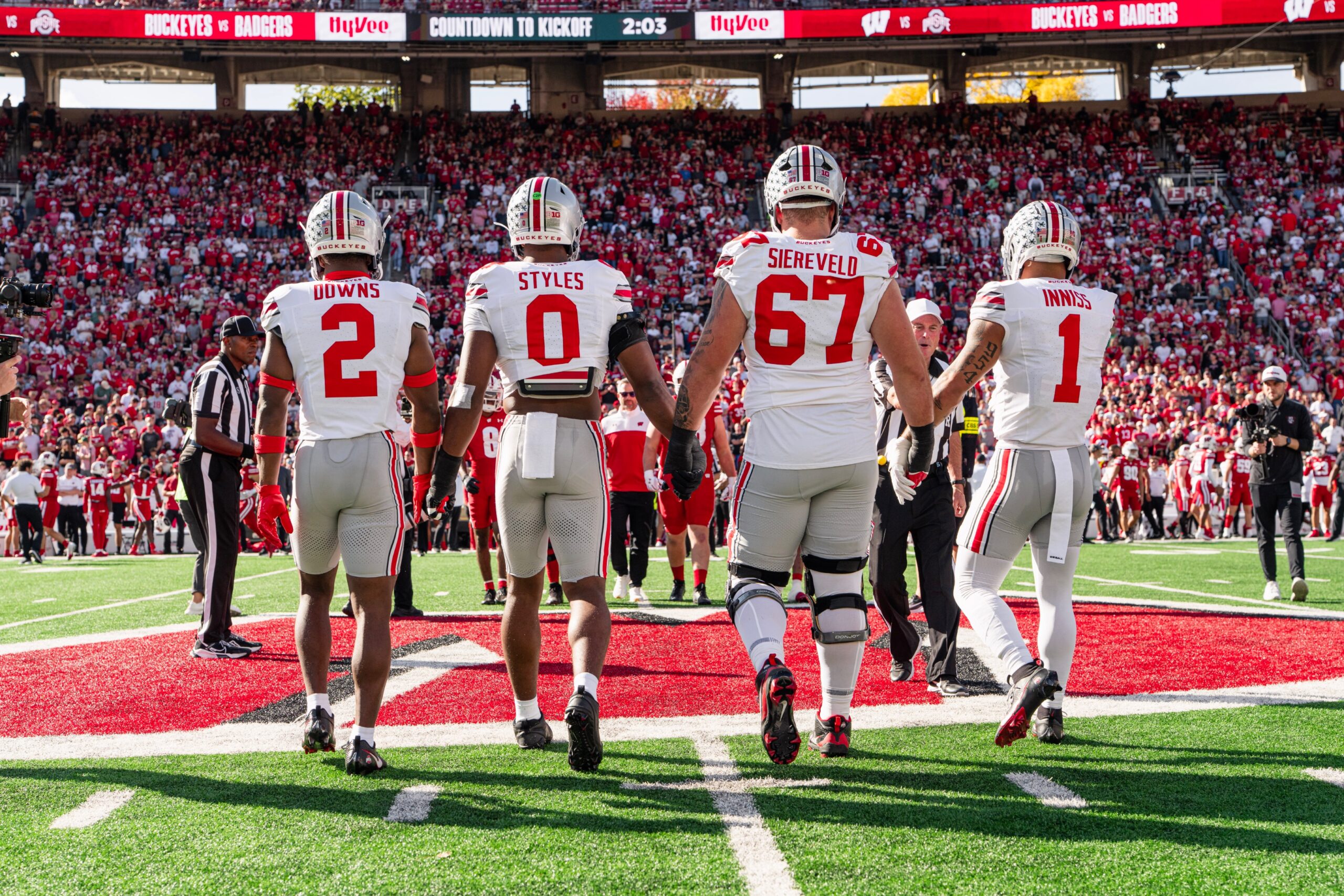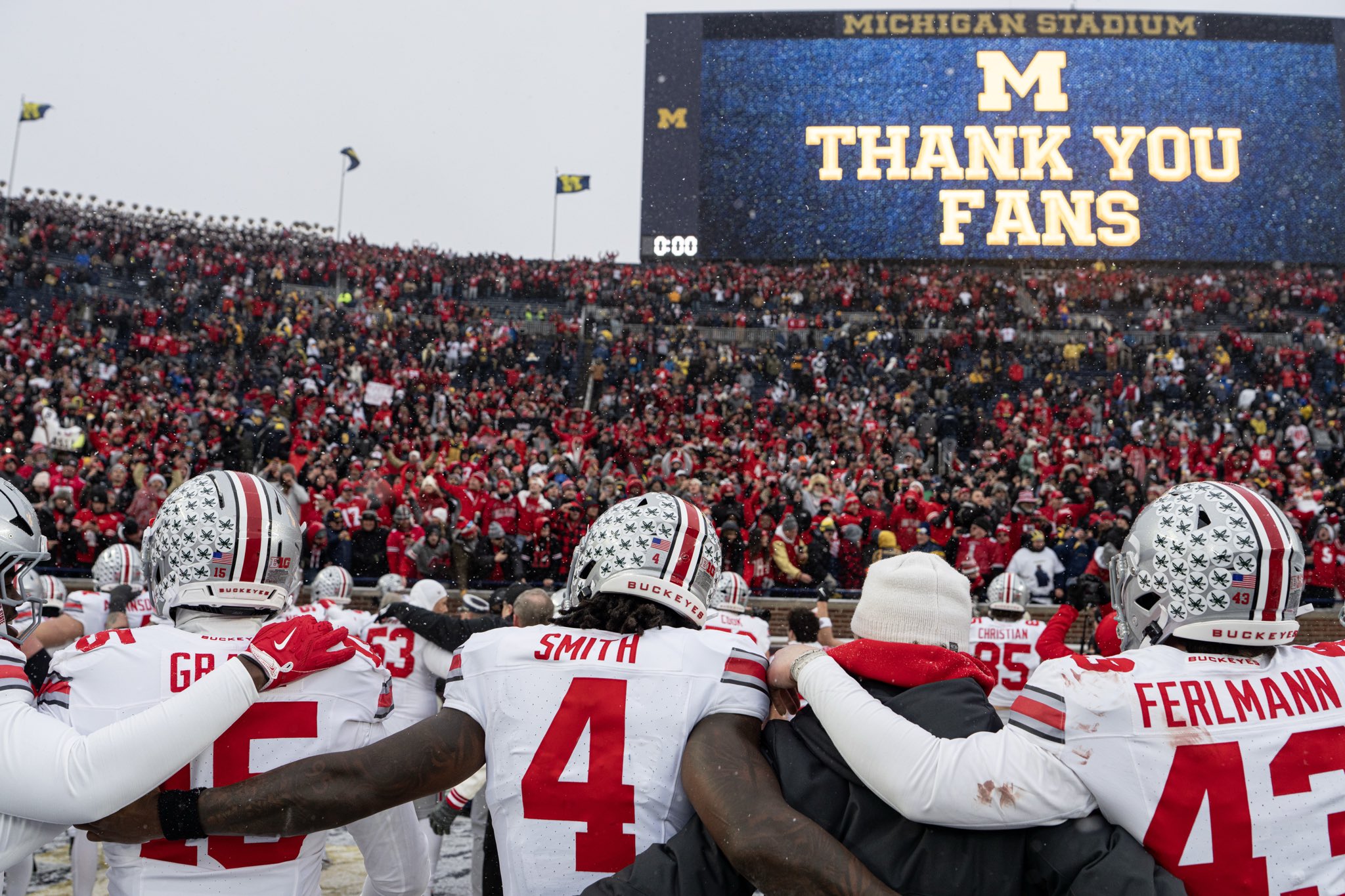
College football’s ever-changing landscape just got even more complicated — especially for powerhouse programs like Ohio State that expect to still be playing deep into January. With the NCAA’s new one-time transfer portal window officially set for Jan. 2 through Jan. 16, the Buckeyes — and every other playoff contender — are staring down a scheduling nightmare that will test the balance between championship preparation and roster management like never before.
The NCAA Division I Administrative Committee approved the change this week, establishing a single 15-day transfer notification window instead of the two-window system that previously split opportunities between December and April. In addition, the 30-day window for programs undergoing head coaching changes has been cut in half to 15 days and will now open after a new coach is hired rather than when a coach is fired.
On paper, the move is meant to simplify the chaotic world of player movement. In reality, it’s accelerating the college football calendar — and it’s one of the key reasons coaching changes are happening earlier and earlier across the country. Schools can’t afford to wait anymore. With only a brief window to attract and evaluate transfers, athletic directors want full coaching staffs in place before January even begins. Programs must have their recruiting, roster management, and transfer evaluations synced up and ready to go, or risk falling behind in an increasingly fast-moving offseason market.

That creates a unique challenge for elite teams like Ohio State. While other programs are wrapping up their seasons and diving straight into portal recruiting, the Buckeyes plan to still be competing for a national championship when the window opens. The College Football Playoff semifinals are set for Jan. 8 and 9, and the national title game won’t be played until Jan. 19 — three days after the portal window closes. That means while Ryan Day and his staff are preparing for the biggest games of the season, they’ll simultaneously have to monitor potential departures, evaluate transfer targets, and maintain contact with recruits who might be courted by other programs.
Day voiced his frustration with the calendar last month, saying, “I don’t think it’s a good idea at all. In the conversations that we had with the Big Ten coaches, I think the majority of them agree. I just don’t quite understand how teams that are playing in the playoffs are expected to make the decisions and sign their upcoming players while they’re still getting ready to play for games. It doesn’t make any sense to me.”
He added that the Big Ten has been actively discussing the issue. “I know the calendar is funky, but I know that the Big Ten and Tony Petitti’s been working hard because he doesn’t believe in it either and neither do the coaches in the Big Ten. We had a lot of long discussions about that and tried to work through the different windows, but I don’t agree with it being in January.”
While student-athletes who play in games on or after Jan. 12 — essentially those participating in the national championship — will get an extra five days to notify their schools of transfer intentions, the reality is that the short window will still be chaotic. There’s no deadline for when players must commit to a new program after entering, but timing is everything when it comes to filling roster spots and balancing scholarships.

For Ohio State, the timing couldn’t be trickier. Ryan Day and his staff will have to juggle playoff preparation with maintaining the depth needed to make a championship run — all while identifying possible portal additions who could become key pieces for next season. That means long nights, split focus, and constant communication between position coaches, recruiting staff, and personnel departments.
In short, the new portal structure rewards programs that can multitask under pressure and punishes those that can’t. For a program like Ohio State, which expects to play into mid-January every year, this will be a balancing act between the present and the future — between chasing another national title and ensuring the roster remains championship-ready for the next one.
As the transfer portal era continues to evolve, one thing is clear: college football’s offseason now starts long before the season truly ends. For Ohio State, that means every January will be as much about roster building as it is about trophy chasing — and few staffs will be tested more than Ryan Day’s in navigating both.










